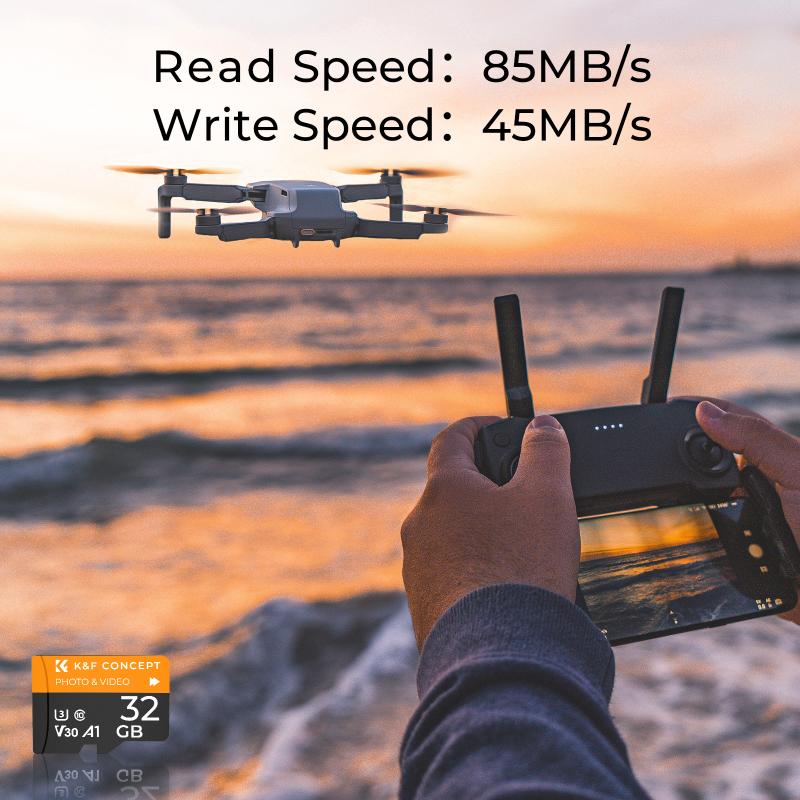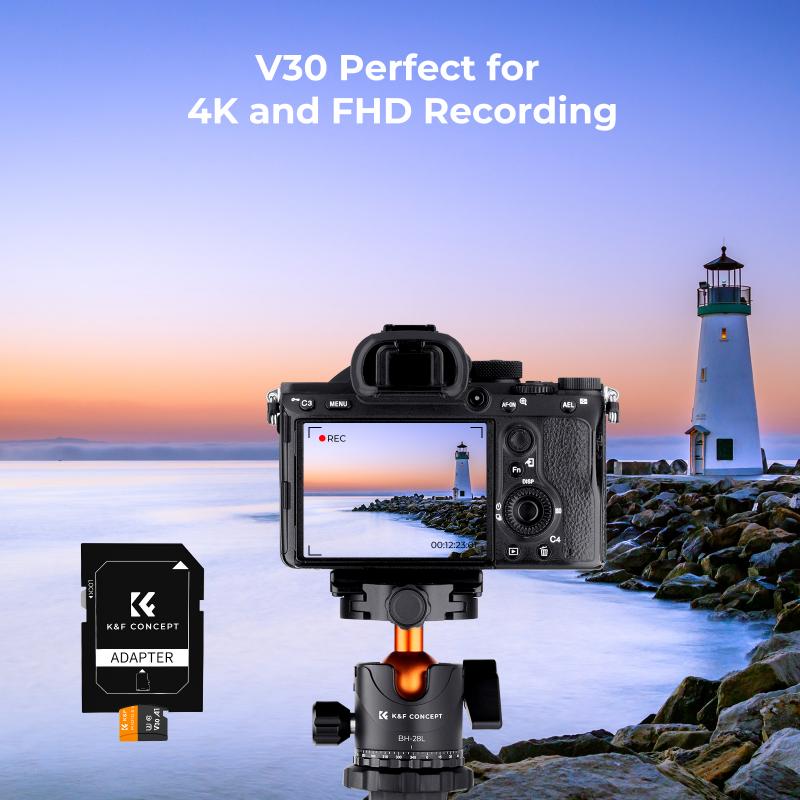How To Use Sd Card On Switch?
The Nintendo Switch is a versatile gaming console that offers a wide range of features, including the ability to expand its storage capacity using an SD card. This is particularly useful for gamers who download a lot of digital games, updates, and downloadable content (DLC). In this article, we will explore the various aspects of using an SD card on the Nintendo Switch, from selecting the right card to managing your data effectively.
Choosing the Right SD Card

Before you can start using an SD card with your Nintendo Switch, you need to choose the right one. Here are some key factors to consider:
1. Storage Capacity
The Nintendo Switch supports microSD, microSDHC, and microSDXC cards. The maximum supported capacity is 2TB, although such high-capacity cards are not yet widely available. For most users, a 128GB or 256GB card should be sufficient.
2. Speed Class
The speed of the SD card is crucial for ensuring smooth gameplay and quick loading times. Look for cards with a UHS-I (Ultra High Speed) rating and a speed class of at least U1 or Class 10. For optimal performance, a U3 card is recommended.
3. Brand and Reliability
Stick to reputable brands like SanDisk, Samsung, and Kingston. These brands are known for their reliability and performance, which is essential for gaming.
Installing the SD Card

Once you have selected the right SD card, the next step is to install it in your Nintendo Switch. Here’s how to do it:
1. Power Off the Console
Before inserting the SD card, make sure your Nintendo Switch is completely powered off. This prevents any potential data corruption.
2. Locate the SD Card Slot
The SD card slot is located behind the kickstand on the back of the console. Gently lift the kickstand to reveal the slot.
3. Insert the SD Card
Insert the SD card into the slot with the label facing away from the console. Push it in until you hear a click, indicating that it is securely in place.
4. Power On the Console
Turn on your Nintendo Switch. The console will automatically recognize the new SD card and prompt you to format it if necessary.
Formatting the SD Card

If your SD card is not already formatted for use with the Nintendo Switch, you will need to format it. Here’s how:
1. Go to System Settings
From the Home menu, select the gear icon to open System Settings.
2. Select System
Scroll down and select the “System” option.
3. Choose Formatting Options
Scroll down and select “Formatting Options.”
4. Format microSD Card
Select “Format microSD Card” and follow the on-screen instructions. Note that formatting the card will erase all data on it, so make sure to back up any important files beforehand.
Managing Data on the SD Card

Once your SD card is installed and formatted, you can start managing your data. Here are some tips for effective data management:
1. Moving Data to the SD Card
To move data from the internal storage to the SD card, follow these steps:
- Go to System Settings.
- Select “Data Management.”
- Choose “Move Data Between System / microSD Card.”
- Select the data you want to move and follow the on-screen instructions.
2. Downloading Games and Updates
By default, the Nintendo Switch will save new downloads to the SD card if one is installed. This includes games, updates, and DLC. You can check the storage location by going to System Settings > Data Management > Manage Software.
3. Deleting Unused Data
To free up space on your SD card, you can delete unused games and data. Go to System Settings > Data Management > Manage Software, select the game or data you want to delete, and choose “Delete Software.”
Troubleshooting Common Issues
While using an SD card with your Nintendo Switch is generally straightforward, you may encounter some issues. Here are some common problems and their solutions:
1. SD Card Not Recognized
If your SD card is not recognized by the console, try the following steps:
- Ensure the card is properly inserted.
- Restart the console.
- Try a different SD card to see if the issue persists.
2. Slow Performance
If you experience slow performance, it may be due to the speed class of your SD card. Consider upgrading to a faster card with a U3 rating.
3. Data Corruption
Data corruption can occur if the SD card is removed while the console is on. Always power off the console before removing the SD card to prevent this issue.
Backing Up Your Data
It’s always a good idea to back up your data to prevent loss. You can do this by copying the contents of your SD card to a computer. Here’s how:
1. Remove the SD Card
Power off the console and remove the SD card.
2. Insert the SD Card into a Computer
Use an SD card reader to connect the card to your computer.
3. Copy the Data
Copy the contents of the SD card to a folder on your computer. This serves as a backup in case anything happens to the card.
Using an SD card with your Nintendo Switch is a great way to expand your storage capacity and ensure you have enough space for all your games and updates. By choosing the right card, installing it correctly, and managing your data effectively, you can enhance your gaming experience and avoid common issues. Remember to back up your data regularly to prevent loss, and you’ll be well on your way to enjoying a seamless gaming experience on your Nintendo Switch.
